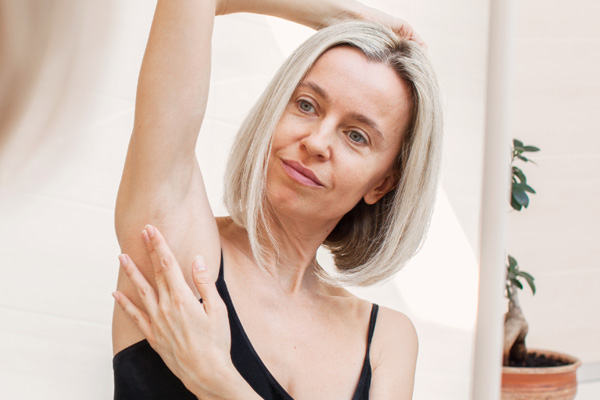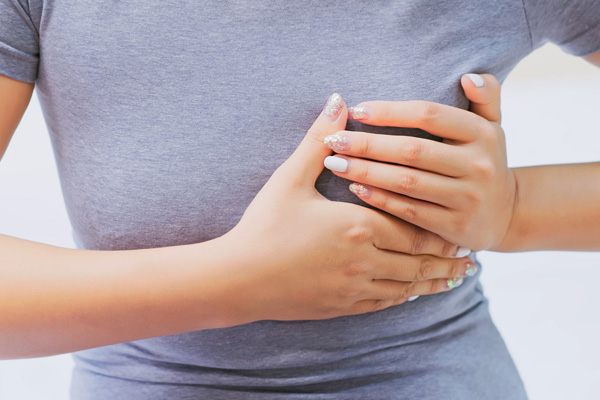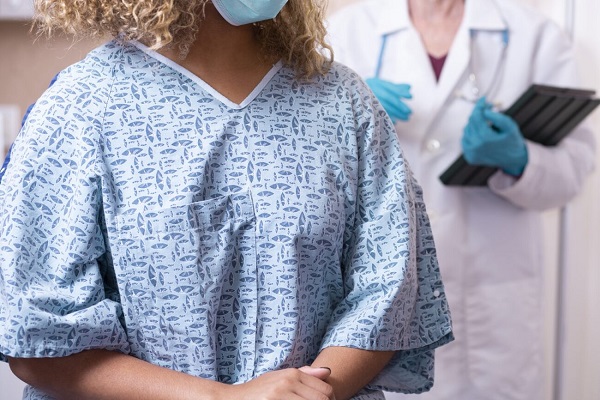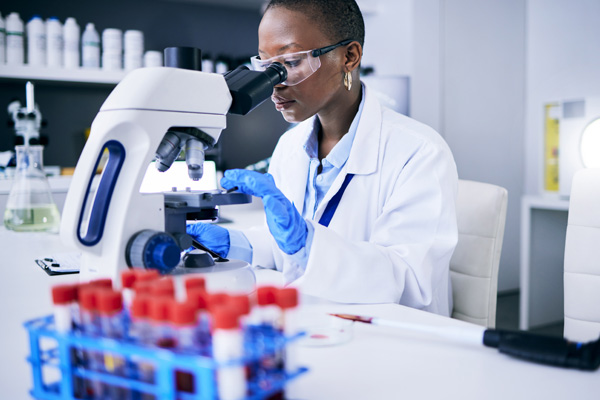When It's Not Breast Cancer: All About Benign Breast Disease
December 05, 2024
This article was reviewed by our Baystate Health team to ensure medical accuracy.
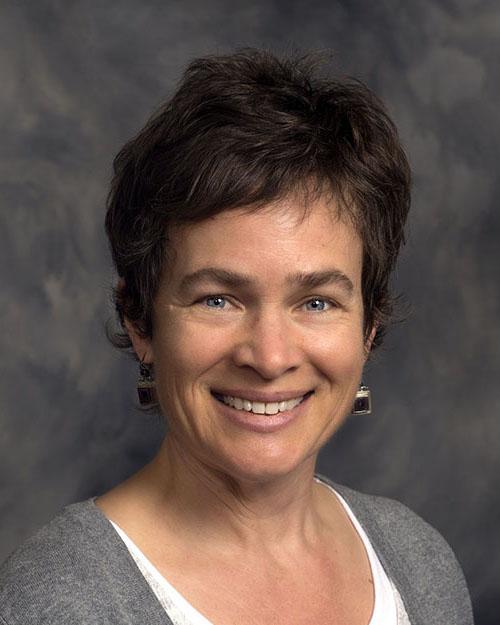 Heather A. Davis, CNP
Heather A. Davis, CNP

Health & Wellness Tips
Related Articles
Back to Top








